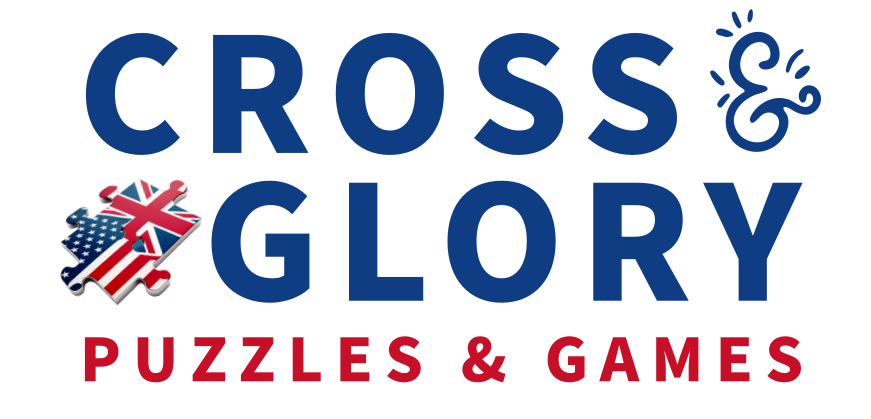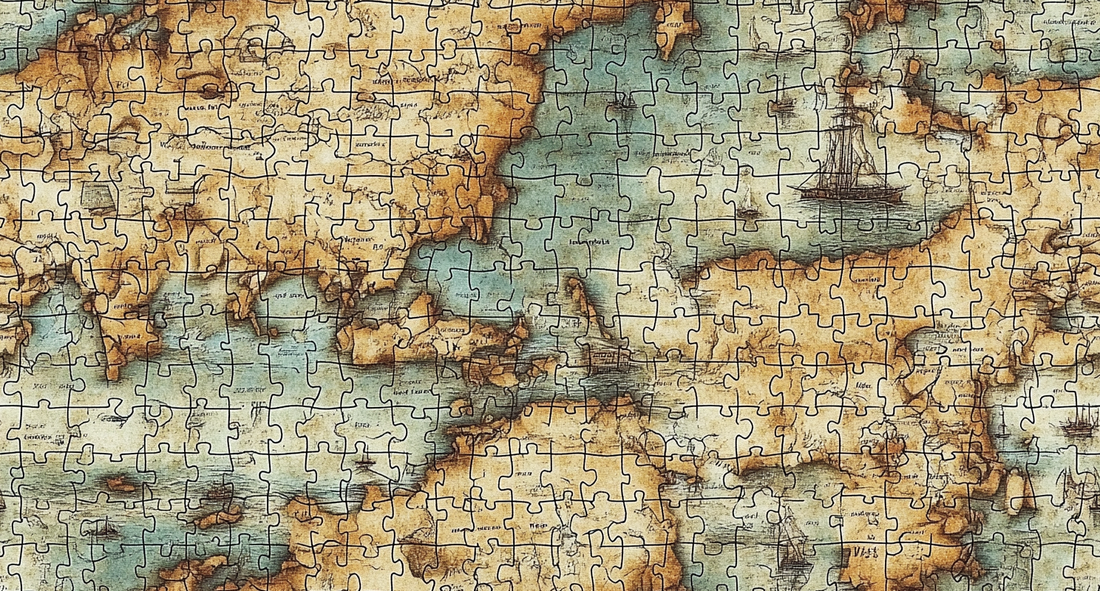Jigsaw puzzles are a beloved pastime, but their origins are as intriguing as the challenges they present. From their beginnings as educational tools to becoming a global sensation, jigsaw puzzles have evolved in remarkable ways over centuries. Let’s take a journey through the history of jigsaw puzzles and uncover how they became a cultural phenomenon.
The Early Days: Education Through Entertainment
Jigsaw puzzles trace their origins to the 1760s when John Spilsbury, a London cartographer, mounted maps on wood and cut them into small pieces. These “dissected maps” were designed to teach geography, helping children learn about the world through interactive play. These early puzzles laid the foundation for what would become a universal hobby.
The Evolution of Puzzle Design
In the 19th and 20th centuries, jigsaw puzzles underwent significant transformations. Initially handcrafted from wood, they became more accessible when manufacturers began using cardboard and mass-production techniques. Themes expanded from educational topics to landscapes, famous artworks, and abstract designs.
The creation of a puzzle is an art form in itself. Behind every puzzle is a meticulous process of image selection, design, and precision cutting. For a glimpse into this intricate craft, check out Behind the Scenes: The Art of Creating a Jigsaw Puzzle.
The Golden Age of Puzzling
The 1930s marked the golden age of jigsaw puzzles. During the Great Depression, puzzles offered an affordable form of entertainment and a temporary escape from economic hardship. Weekly puzzle releases became a trend, with people eagerly anticipating new challenges.
The Psychology of Puzzling: Tricks and Challenges
As puzzles evolved, so did their complexity. Designers began incorporating optical illusions, deceptive patterns, and intricate cuts to make solving more challenging. These tricks engage our brains, forcing us to think creatively and problem-solve in new ways. If you’ve ever wondered why certain puzzles feel so tricky, explore The Psychology of Deception: How Puzzles Trick Your Mind.
Modern-Day Puzzle Trends
In recent years, puzzles have experienced a resurgence, with modern designs appealing to art enthusiasts and collectors alike. Today’s puzzles aren’t just about completing an image—they’re about the journey. Some puzzlers even leave their projects unfinished, embracing the beauty of imperfection as part of the process. Discover this intriguing concept in The Power of Imperfection: Can Unfinished Puzzles Spark Creativity?.
The Future of Jigsaw Puzzles
As technology advances, the world of puzzles continues to innovate. Augmented reality, 3D designs, and custom puzzles have opened up new possibilities, blending traditional craftsmanship with modern tools. While their form may change, the timeless appeal of piecing together a puzzle remains.
Conclusion
The history of jigsaw puzzles is a testament to their enduring charm and adaptability. From teaching tools to artistic expressions and brain teasers, puzzles have connected generations with their universal appeal. As we marvel at how far puzzles have come, one thing is certain: their ability to entertain, challenge, and inspire will never go out of style.

